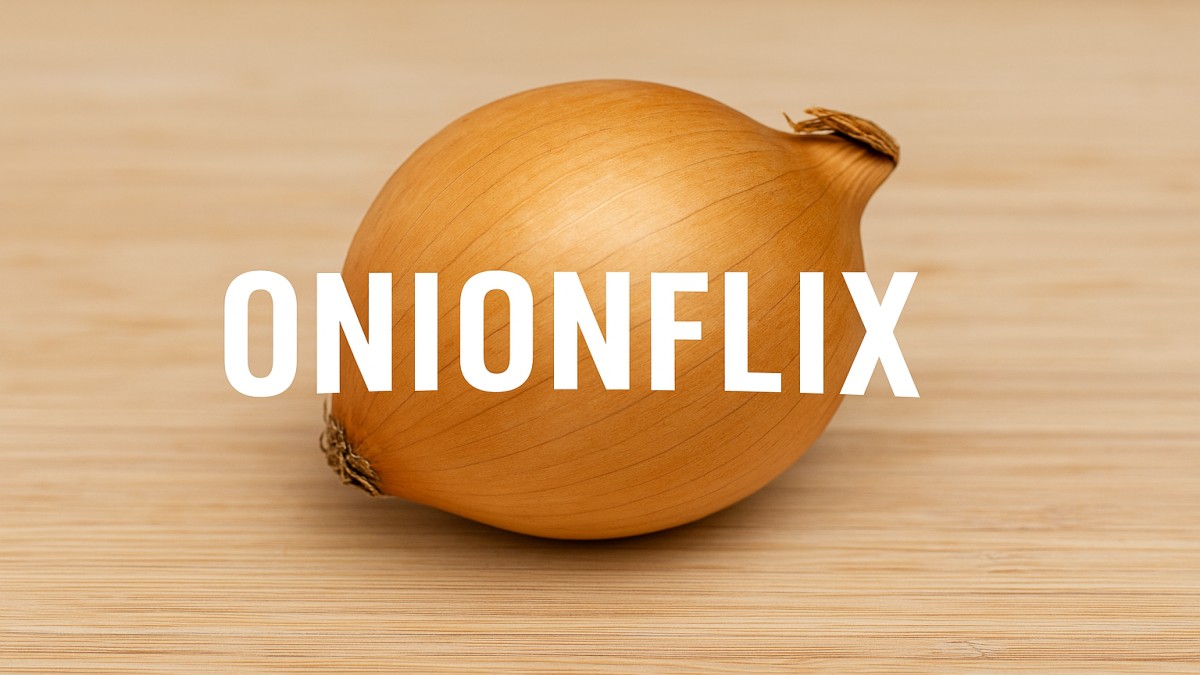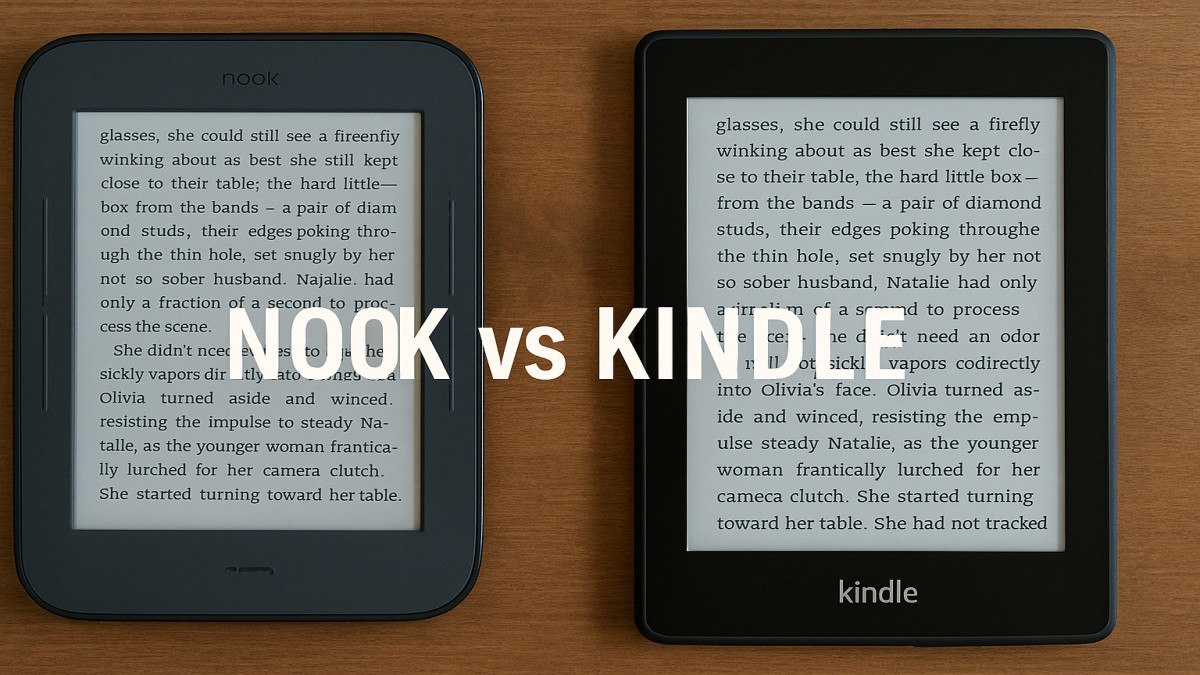others
Opus One: The Iconic Wine That Redefined Luxury Winemaking

Introduction
What if a single bottle of wine could represent the perfect marriage of tradition and innovation? Welcome to the world of Opus One, a luxury wine born from two legendary families and now regarded as one of Napa Valley’s crown jewels. This isn’t just wine—it’s a story in every sip.
The Origins of Opus One
The story of Opus One begins in 1978 when two visionaries—Robert Mondavi, a pioneer of California winemaking, and Baron Philippe de Rothschild, the French mastermind behind Château Mouton Rothschild—joined forces. Their shared dream? To create a wine that would merge the finesse of Bordeaux with the boldness of Napa Valley. And thus, Opus One was born.
The Vision Behind the Brand
Opus One wasn’t just about blending grapes. It was about blending cultures, traditions, and excellence. This partnership fused centuries-old Bordeaux winemaking techniques with California’s climate and soil potential. From day one, their mission was crystal clear: produce one wine, one vintage at a time, that embodied purity, harmony, and elegance.
The Opus One Estate
Nestled in the heart of Oakville, Napa Valley, the Opus One estate spans 170 acres. The vineyard benefits from the cool marine influence of the Pacific Ocean and warm Californian sunshine, making it perfect for Bordeaux varietals.
Sustainable Practices
The estate embraces sustainability wholeheartedly. From solar panels to cover cropping and organic composting, Opus One is committed to protecting the land it thrives on. It’s not just about making great wine—it’s about leaving a legacy of environmental respect.
The Winemaking Process
Every grape used in Opus One is hand-harvested, meticulously sorted, and vinified with precision. Fermentation takes place in stainless steel tanks, followed by aging in new French oak barrels for about 18 months.
Attention to Detail
Each detail matters—from the angle of the vines to the toasting level of the barrels. This meticulous care results in a wine that’s not just luxurious, but consistent in quality across decades.
Tasting Notes and Characteristics
So, what does Opus One taste like? Imagine layers of blackcurrant, blackberry, chocolate, espresso, and fine spices all woven into a velvety texture. It’s rich, yet balanced, with silky tannins and a finish that lingers like a beautiful memory.
Vintage Variability
While Opus One maintains a signature style, each vintage tells its own story. Standout years like 2010, 2013, and 2018 have become collector favorites, appreciated for their complexity and aging potential.
Pricing and Exclusivity
Let’s not sugarcoat it—Opus One is expensive. With prices ranging from $300 to $800 per bottle, it’s a serious investment. But it’s not just about the juice inside. It’s about heritage, rarity, and craftsmanship.
Global Appeal and Distribution
From the U.S. to Japan, Opus One graces the shelves of top-tier wine boutiques and auction houses. Its global distribution is tightly controlled, adding to its allure and exclusivity.
Visiting Opus One
A trip to Napa? You can’t miss the strikingly modern Opus One winery, designed by Scott Johnson. Guests are welcomed with curated tasting sessions and tours that dive deep into the winemaking philosophy. But remember—it’s by appointment only.
Pairing Opus One
Opus One pairs beautifully with roast lamb, aged cheeses, or mushroom risotto. Pro tip: serve it at 60–65°F (15–18°C) and let it breathe for at least 30 minutes before sipping.
Opus One in Pop Culture
From luxury lifestyle magazines to A-list celebrity dinners, Opus One is a symbol of status and sophistication. It’s been name-dropped in films, music, and even served at White House dinners.
The Future of Opus One
The estate continues to innovate while staying true to its roots. With a strong emphasis on sustainability, craftsmanship, and precision, the future looks as rich as its vintages.
Conclusion
Opus One isn’t just a wine—it’s a masterpiece. Born from a rare collaboration, nurtured by nature, and perfected by time, it remains one of the world’s most iconic and revered wines. Whether you’re sipping it today or cellaring it for decades, Opus One offers more than a taste—it offers an experience.
FAQs
1. What grape varieties are used in Opus One?
Opus One is primarily a Cabernet Sauvignon-based Bordeaux blend, often including Merlot, Cabernet Franc, Petit Verdot, and Malbec.
2. How long should I age Opus One before drinking?
Most vintages can be enjoyed after 5–10 years, but top years can be aged 20+ years with great results.
3. Is Opus One worth the investment?
If you’re a lover of fine wines and appreciate craftsmanship, yes. It’s also a smart addition.

 entertainment2 months ago
entertainment2 months agoOnionFlix: Everything You Need to Know About This Streaming Website

 others20 hours ago
others20 hours agoNook vs Kindle: Which E-Reader Is Right for You?

 education4 weeks ago
education4 weeks agoHow to Become a Software Engineer: A Complete Guide

 gaming2 months ago
gaming2 months agoMelisandre: The Enigmatic Priestess of Game of Thrones

















